- Remittance
- Exchange Rate
- Stock
- Events
- EasyCard
- More
- Download
From Application to Chip, The Endgame of AI is Energy
AI is a high-energy-consuming industry
“The endgame of AI is photovoltaics and energy storage! If we only consider computing, we would need to burn the energy equivalent of 14 Earths; super AI will become an insatiable sink for electricity.” Recently, this statement from AI godfather Jensen Huang went viral. However, this was not exactly what Huang said. His actual message was that Nvidia helps improve computational efficiency and reduce energy consumption. Without increased computing speed, “we might need 14 different planets, three different galaxies, four suns to fuel all this.”
As performance improves, the power consumption of Nvidia chips has increased geometrically. From V100 to B200, the power consumption of a single GPU has skyrocketed from 250W to 1000W, and correspondingly, the energy consumption of various supporting facilities has also surged.

Before their release, large models undergo massive amounts of training. Stanford research shows that GPT-3 required 1287 MWh of electricity for training, while GPT-4 needed between 51,773 MWh and 62,319 MWh (over 60 million kWh), which is more than 40 times the energy consumption of GPT-3.
If every Google search now incorporates AI technology, it would consume about 29 billion kWh of electricity annually. This is more than the annual electricity consumption of countries like Kenya, Guatemala, and Croatia combined.
Besides basic electricity, consumption of other resources is also on the rise. Microsoft’s research indicates that the water usage of AI large models has increased by 34% year over year, with total consumption of natural gas, electricity, heating, cooling, and steam increasing by about 32%.
The high energy consumption of AI is an indisputable fact, with data centers and supercomputing centers being true “electricity monsters.” While the United States’ power infrastructure has been outdated for a long time, Europe has invested in new energy sources, albeit insufficiently.
Under the stimulus of the “Inflation Reduction Act,” the U.S. is racing towards new energy, with a noticeable decrease in coal power’s contribution and a gradual rise of renewables like wind and solar as the main force. In 2022, the share of coal power in the U.S. dropped from 23% to 20%, and nuclear power from 20% to 18%.
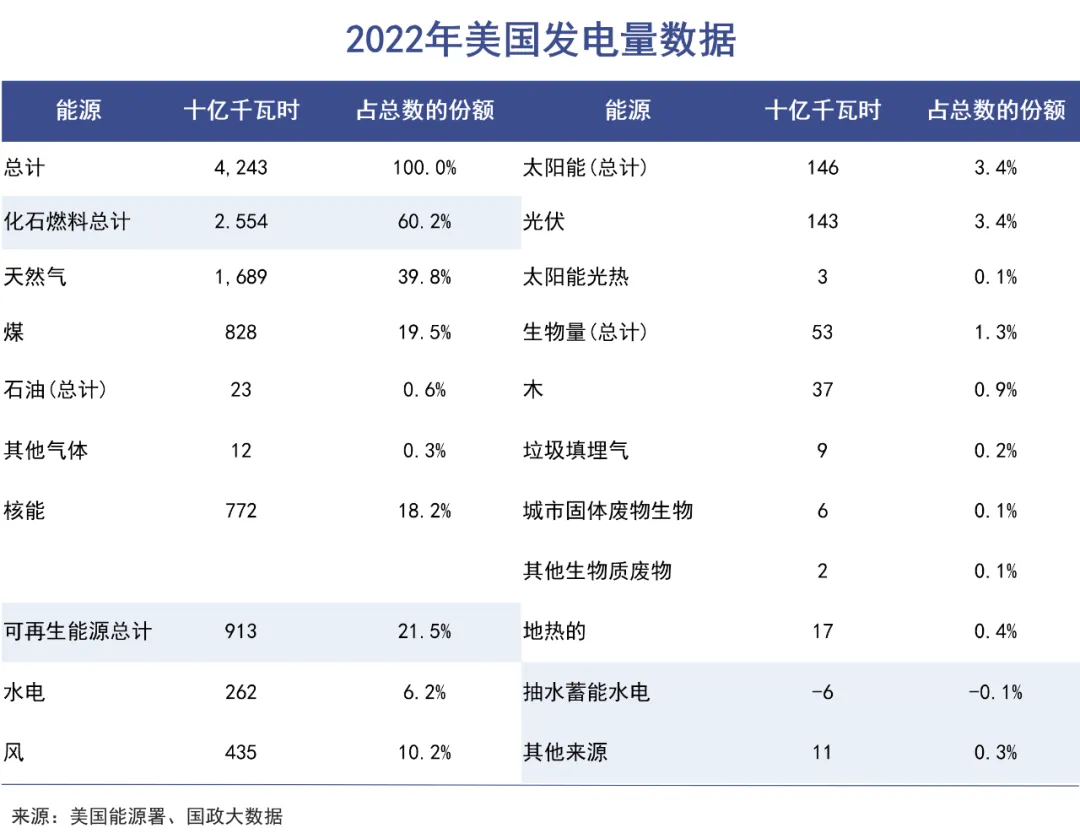
Clean Energy Companies in U.S. Stocks
First Solar, Inc. (FSLR)
A leading solar panel manufacturer known for its thin-film solar panel technology.
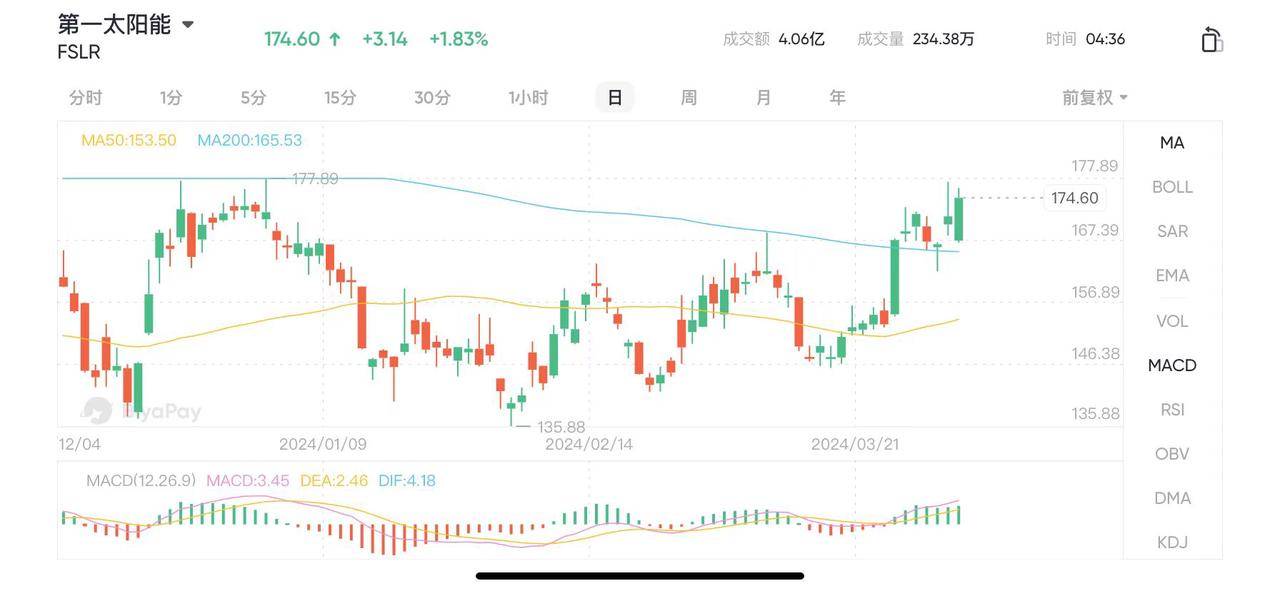
Sunrun Inc. (RUN)
One of the largest residential solar, energy storage, and energy services companies in the U.S.
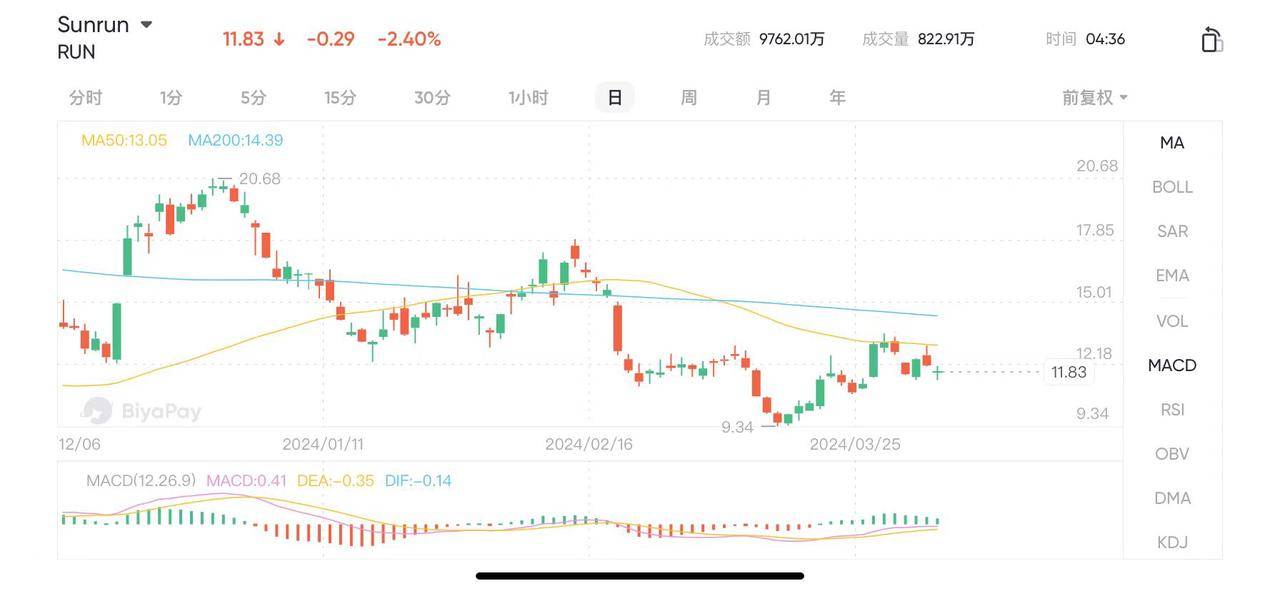
SolarEdge Technologies, Inc. (SEDG)
Provides smart energy technology, including solar inverters and energy storage systems.
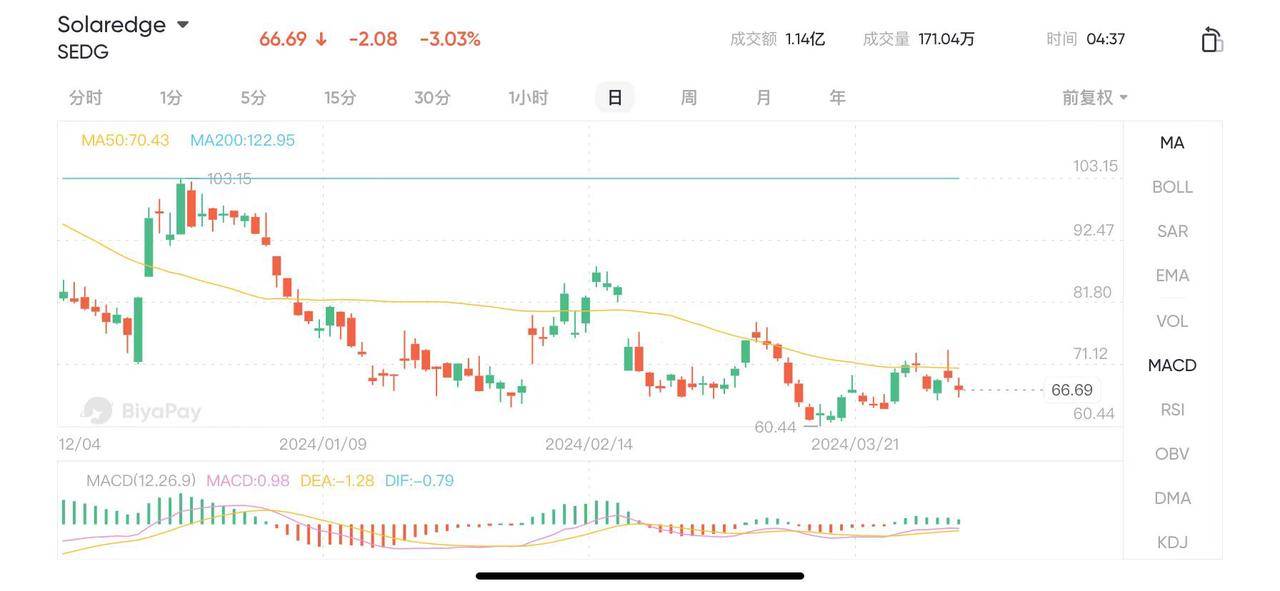
NextEra Energy, Inc. (NEE)
A power and energy infrastructure company, also one of the world’s largest wind and solar power generating companies.
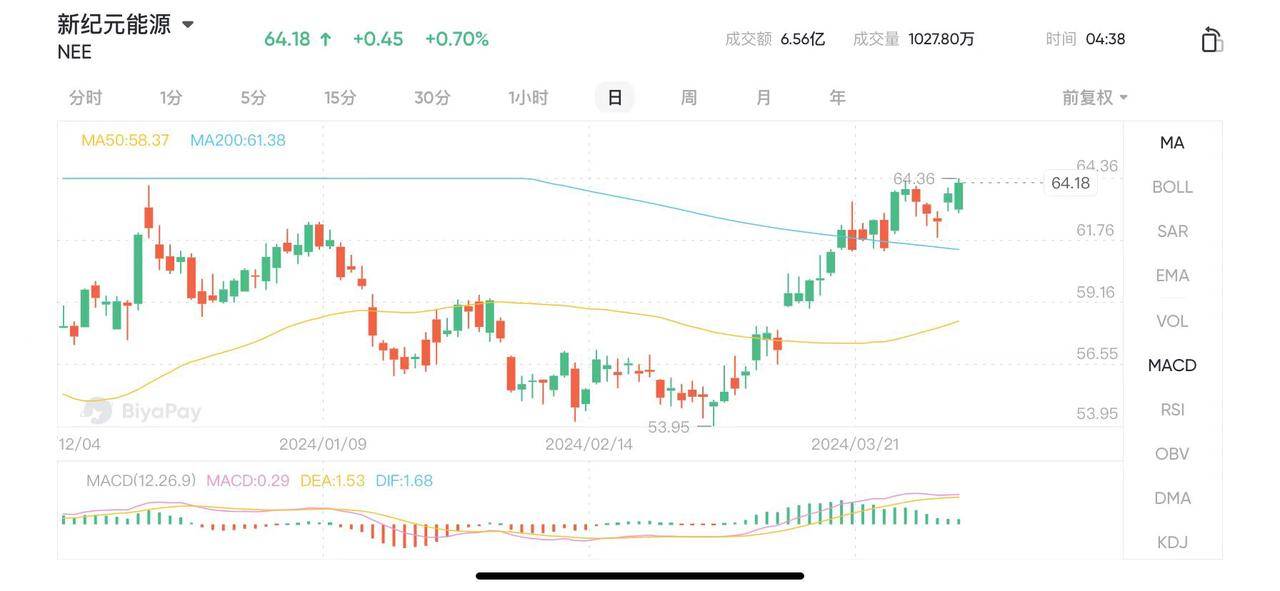
Vestas Wind Systems A/S (VWDRY)
Although based in Denmark, Vestas’ American Depository Receipts (ADR) allow U.S. investors to trade its shares. It is a leading manufacturer of wind turbines.
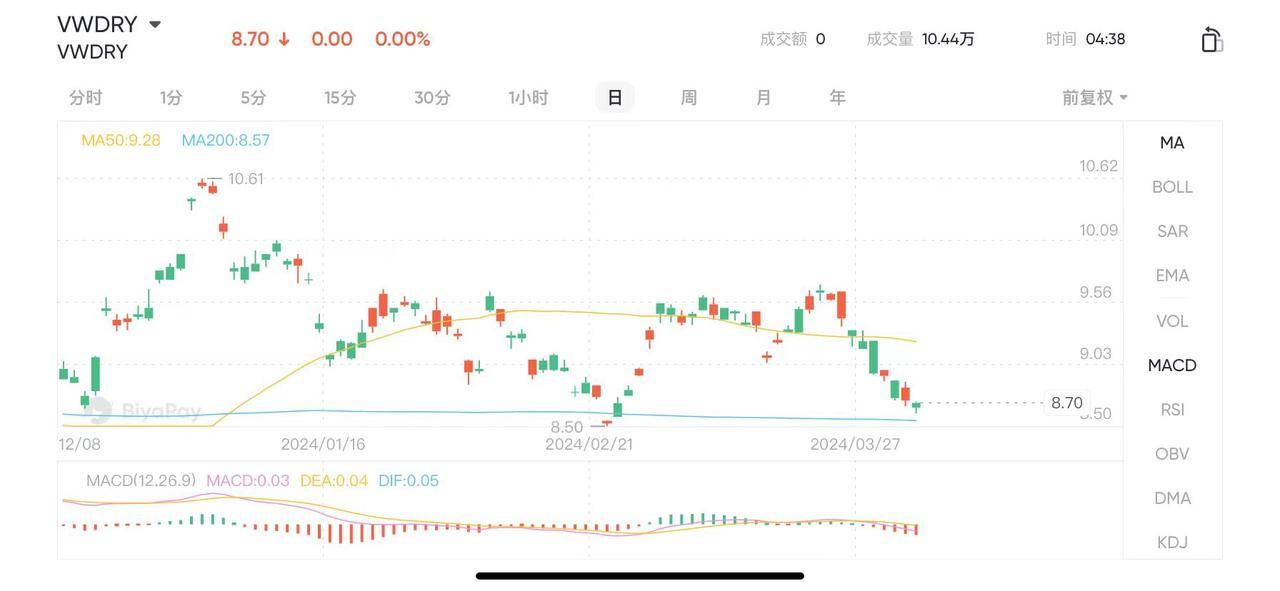
Albemarle Corporation (ALB)
One of the world’s largest lithium producers, involved in the extraction and processing of lithium, a key material for battery manufacturing.
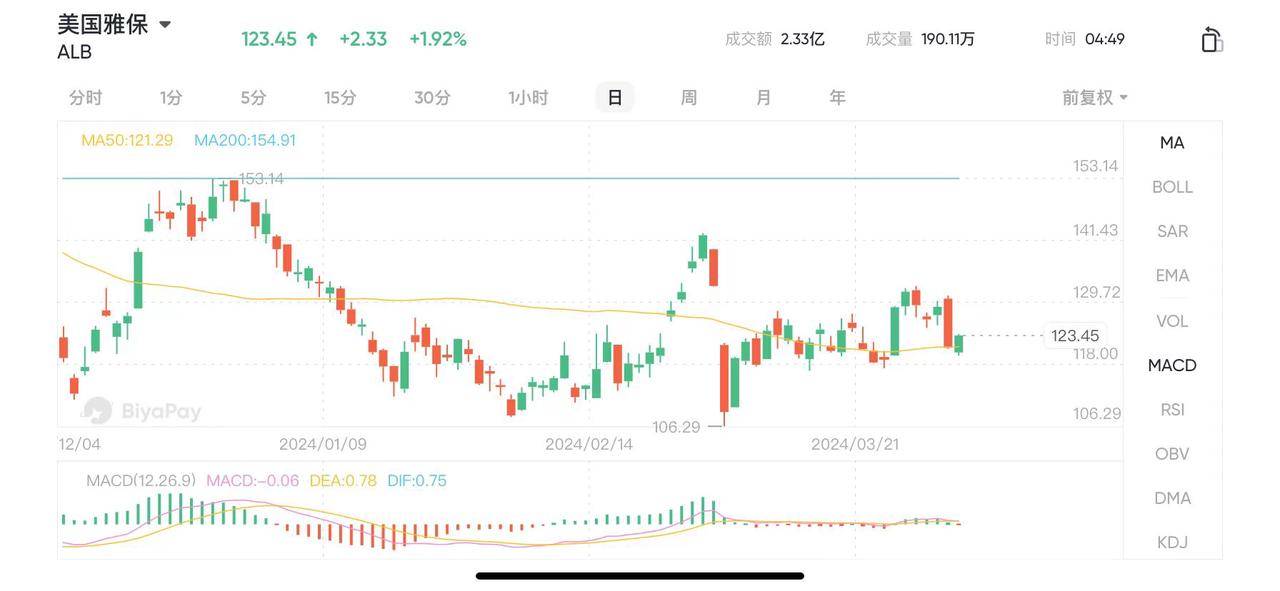
The performance of stocks in the new energy sector is varied, with each segment of new energies like photovoltaics, lithium batteries, and wind power requiring substantial traditional energy support. Without coal, oil, and natural gas as the foundation, the so-called nth industrial revolution would be like water without a source, a tree without roots.
In the U.S., the importance of renewable energy is also highly recognized, but the reality often leads back to natural gas, coal, and nuclear power.
Natural Gas Sector in U.S. Stocks
Coal-fired power has always been regarded as a source of pollution by the US government, and reducing the proportion of coal-fired power is an important task of the Biden administration. In 2016 alone, the US shut down a total of 531 coal-fired power units with an installed capacity of 56GW. From 2022 to 2023, 22.3GW of coal-fired power generation was retired. It is expected that by the end of 2030, more than 80GW of power plants will stop using coal.
Currently, it seems that the only thing the US can rely on is natural gas. Since the gas revolution, natural gas power generation has accounted for 40% of US power generation and is the absolute main force.
When renewable energy sources such as wind and solar cannot provide enough energy in the short term, natural gas remains the only straw that the US energy sector can rely on.
In the US stock market, natural gas-related stocks include:
Cheniere Energy, Inc. (LNG)
A leading company in the liquefied natural gas (LNG) industry, mainly engaged in gas liquefaction and export.
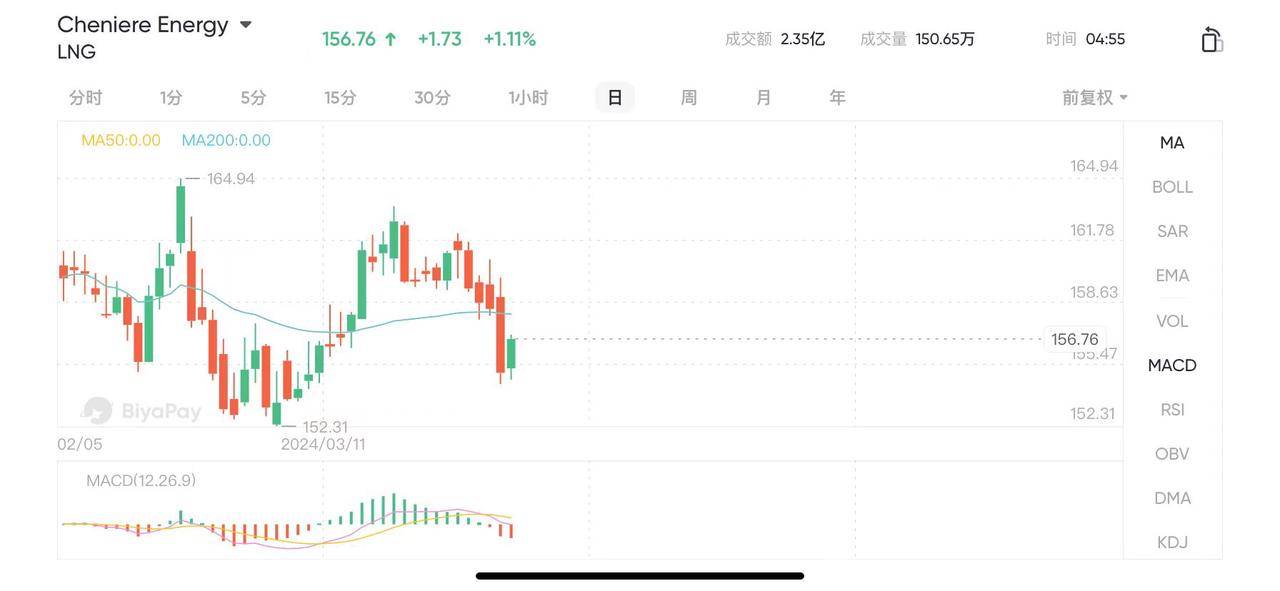
EQT Corporation (EQT)
One of the largest natural gas producers in the U.S., focusing on developing the Marcellus and Utica shale gas fields.
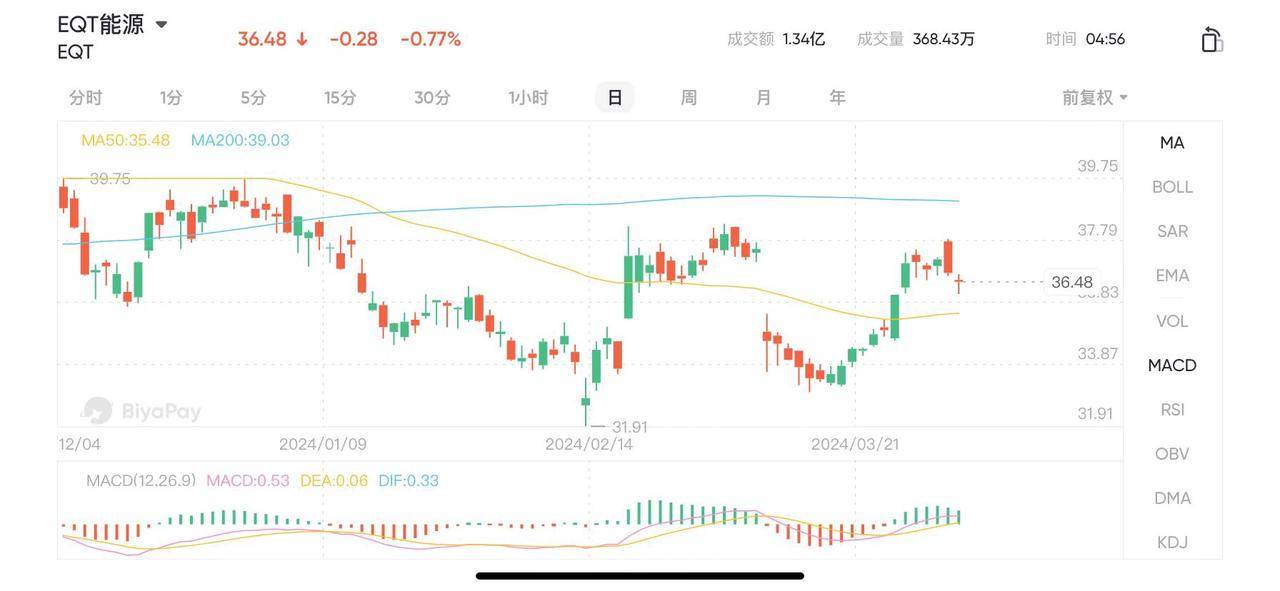
Range Resources Corporation (RRC)
An independent natural gas, natural gas liquids, and oil company, primarily active in the Marcellus Shale region.
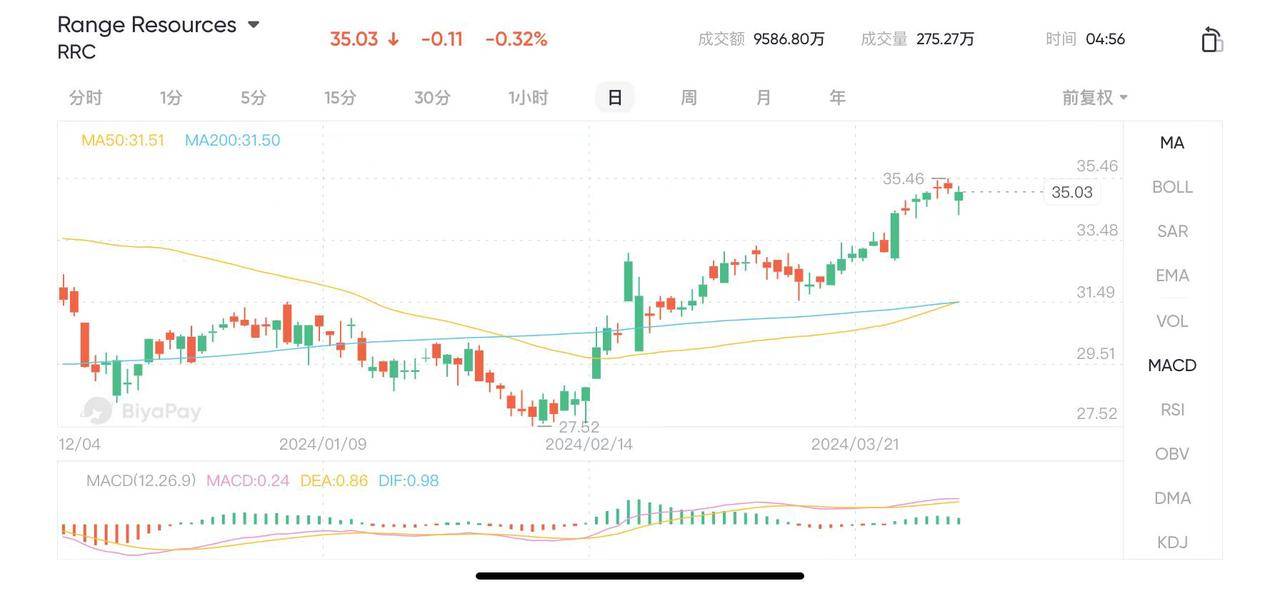
Cabot Oil & Gas Corporation (COG)
An independent oil and gas exploration and production company, focusing on the natural gas and LNG market in North America, particularly in Pennsylvania’s Marcellus Shale.
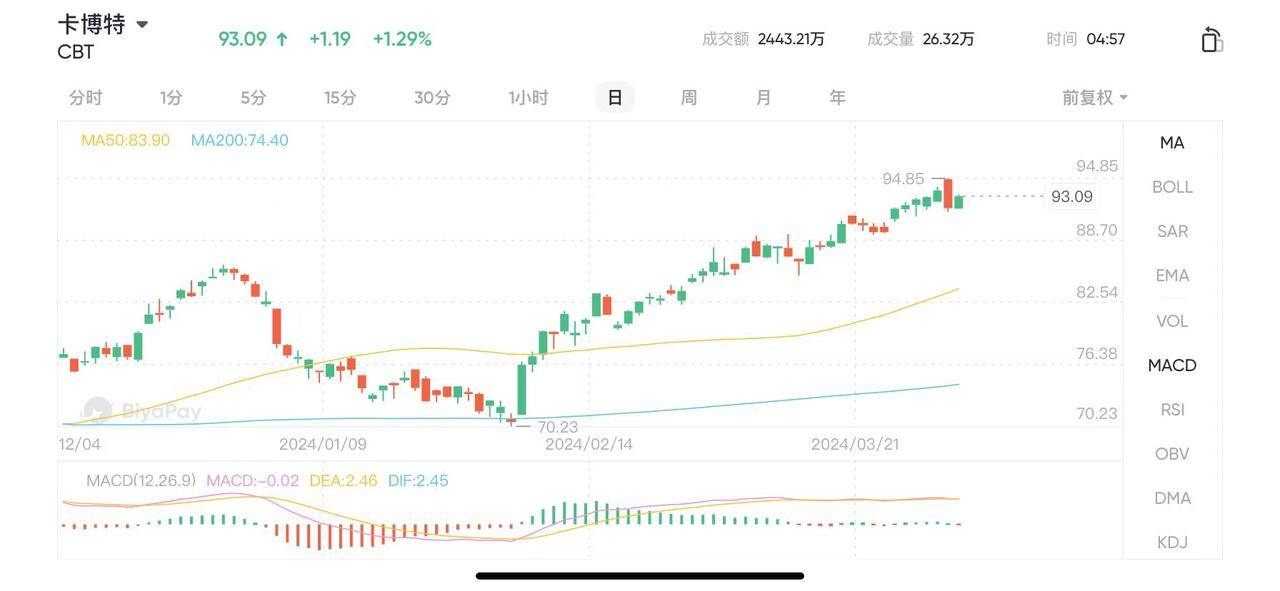
These companies have significant activities and influence in the natural gas and shale gas sectors, covering the entire industry chain from exploration and development to production and processing. According to analysts’ views cited by BiyaPay, investors should consider the financial health, production efficiency, market demand, and natural gas prices of these companies.
Summary
The ultimate end of AI is power generation and energy, a fact that is no longer a joke but reality.
Investors can trade on compliant platforms like Interactive Brokers and BiyaPay, which hold RIA licenses under the U.S. SEC and MSB licenses in the U.S. and Canada.
Investing involves risks, and trading should be done with caution.

























